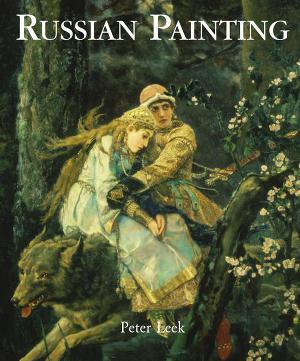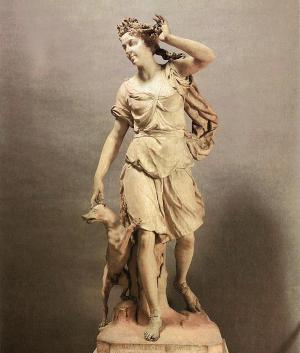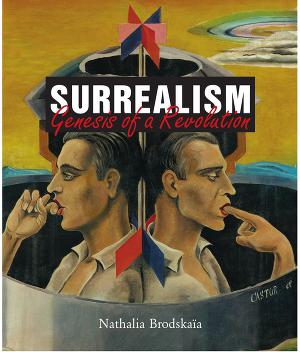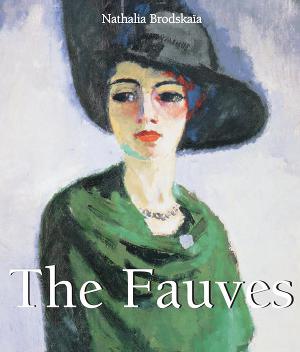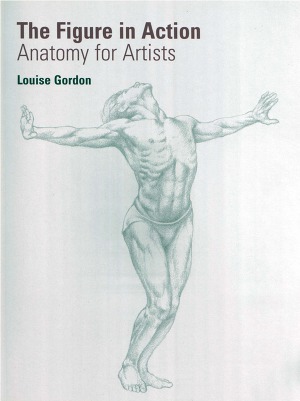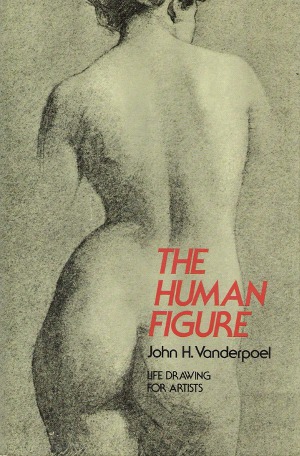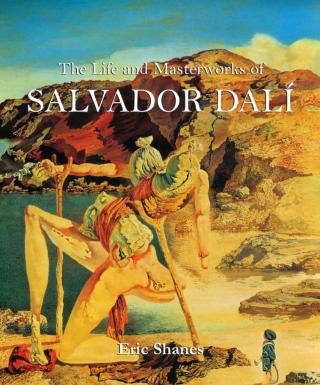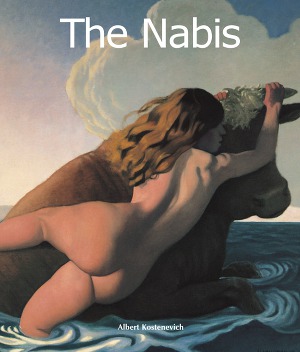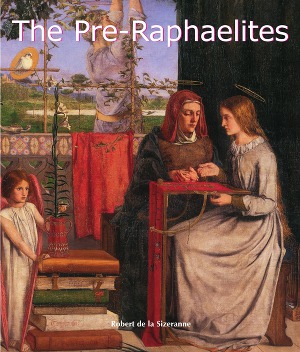Russia is often viewed as the outsider of the art world, with creative genius frequently being hidden behind the representation of icons such as Rublov. However, with the succession of Pierre Le Grand, it was Europe which brought light...
Формат:
только полные версии
Mega Square Sculpture spans over 23, 000 years and over 120 examples of the most beautiful sculptures in the world: from prehistoric art and Egyptian statues to the works of Michelangelo, Henry Moore and Niki de Saint-Phalle. It illuminates the...
Автор: Brodskaia Nathalia
Серия: Art of Century Collection
Язык: английский
Год: 2009
Статус: Закончена
полная версия
The Dada movement and then the Surrealists appeared in the First World War aftermath with a bang: revolution of thought, creativity, and the wish to break away from the past and all that was left in ruins. This refusal to integrate into the...
Автор: Brodskaia Nathalia
Серия: Art of Century Collection
Язык: английский
Год: 2011
Статус: Закончена
полная версия
Born at the dawn of the 20th century, Fauvism burst in 1905 Salon d'Automne with a resounding scandal. It was like throwing colors at the face of the academic art entangled in its ancestral conventions. Then several artists, like Matisse, Derain...
A guide to drawing human figures - male and female - in active situations ranging from slight movement to strenuous action, for example sport and ballet. Skeletal structures and muscle forms are shown alongside the completed surface fo rms,...
This great classic is still unrivalled for its clear, detailed presentation of thousands of fundamental features of the human figure. Every element of the body (such as the overhang of the upper lip; the puckering at the corners of the mouth; the...
Изобразительное искусство, фотография
The Life and Masterworks of Salvador Dali (Temporis Collection)
As a one of the foremost painters of the 20th century, Dalí, like Picasso and Warhol, can boast of having overturned the art of the previous century and directed contemporary art toward its present incarnation. As irrational as he was...
Автор: Kostenevitch Albert
Серия: Art of Century Collection
Язык: английский
Год: 2009
Статус: Закончена
Pierre Bonnard was the leader of the group of post-impressionist painters who called themselves "the Nabis," based on the Hebrew word for "prophet". Influenced by Odilon Redon, Puvis de Chavannes, popular imagery and Japanese woodblock...
In Victorian England, with the country swept up in the Industrial Revolution, the Pre-Raphaelite Brotherhood, close to William Morris Arts and Crafts movement, yearned for a return to bygone values. Wishing to revive the pure and noble forms of...
“I paint what I see and not what it pleases others to see.” What other words than these of Edouard Manet, seemingly so different from the sentiments of Monet or Renoir, could best define the movement of Impressionism? Without a doubt this...
